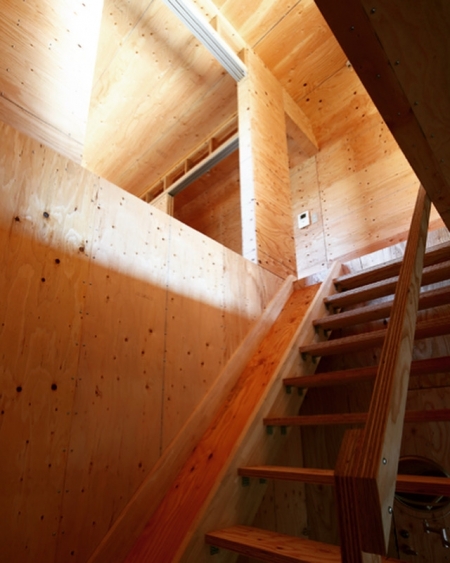それもまた良し
設計をしている時の複雑に絡み合った問題を整理し、単純化した後の、捨てた訳ではないが、単純化してしまったことによりに、表から消えてしまったことに興味が湧く。
それが裏付けにはなっているのだろうけれど、表から消すことなく、そのまま見えるようにしたらどうだろうか。例えば、壁が裂けて中から裏が盛り上がってくるような造形と表から消してしまったことが上手く呼応するようにする。
ところが、建築では、そのようなイメージの仕方をして、それをそのまま造形要素にするやり方は、恣意的で観念的だとして、敬遠される。
単純化して引いていく場合はまだ良いが、複雑なことをそのまま、あるいは、足してより複雑にしていく場合は、それが良いデザインでも敬遠される傾向にある。
要するに、理屈が伴わない造形は恣意的で観念的だと、それもまた良しだと思えるようにすれば良いが。
"It's also good"
It is not an abandonment after sorting out and simplifying the complicated intertwined problems when designing, but it is interesting that the simplification has made it disappear from the table.
Perhaps that is the backing, but what if you don't erase it from the table and keep it visible? For example, make sure that the wall is torn and the back is raised from the inside, and that it has disappeared from the front.
However, in architecture, it is shunned that the way of doing such an image and transforming it into a sculptural element as it is arbitrary and idiomatic.
It is still good to simplify and draw, but when it comes to adding more complexity or adding more complexity, even a good design tends to be avoided.
In essence, let's make it seem that it's also good that non-reasonable modeling is arbitrary and idiomatic.

